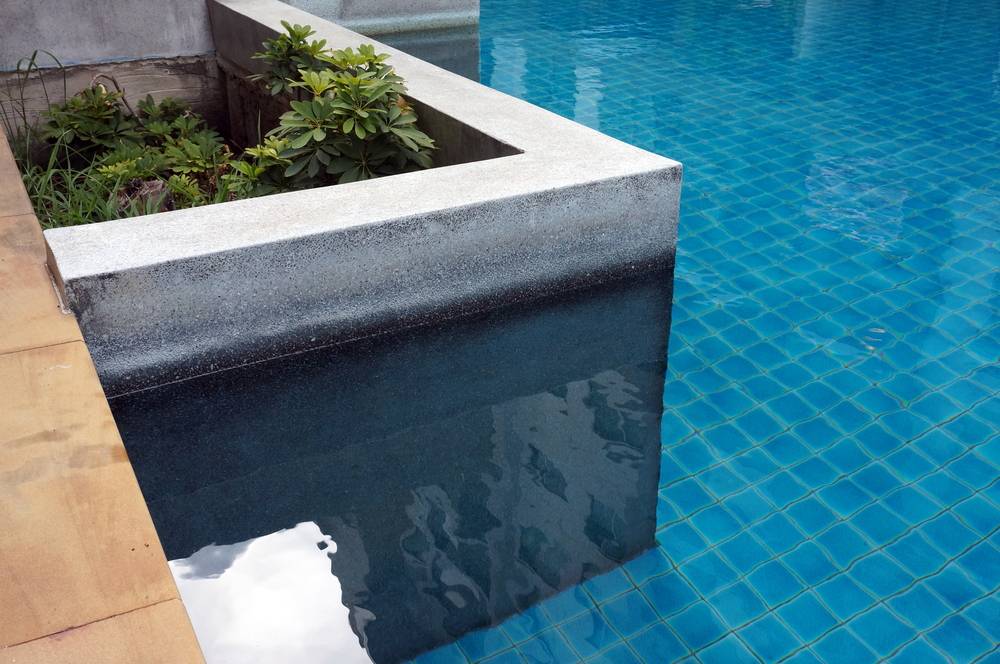- Jun 28, 2018
- 19
- Pool Size
- 10000
- Surface
- Fiberglass
- Chlorine
- Salt Water Generator
- SWG Type
- Pentair Intellichlor IC-40
EDIT: Read to the bottom, my initial assumptions were wrong. I've got metal staining, probably from an outside source.
Purchased and remodeled home with a pool that hasn't been opened in 5 years. Total swamp. Hundreds of toads and frogs in residence.
After a partial drain and refill, SLAM went great. Water is crystal clear and OCLT passes.
There are, however, significant brown stains on the wall.
Keeping it at SLAM levels and scrubbing for a couple days hasn't had an easily noticeable impact (might be lightening, I can't tell).
Kids are anxious to jump in to the clear water, but I want to get rid of the staining (and my wife insists I do). I understand exceeding SLAM FC levels is not necessary for sterilizing the water, but would it speed up the process of lightening the walls?
I know chlorine can be hard on equipment. It's a fiberglass pool and titanium heat exchanger, so should be pretty resilient.
If exceeding SLAM FC would speed things up, what's a safe limit?
Purchased and remodeled home with a pool that hasn't been opened in 5 years. Total swamp. Hundreds of toads and frogs in residence.
After a partial drain and refill, SLAM went great. Water is crystal clear and OCLT passes.
There are, however, significant brown stains on the wall.
Keeping it at SLAM levels and scrubbing for a couple days hasn't had an easily noticeable impact (might be lightening, I can't tell).
Kids are anxious to jump in to the clear water, but I want to get rid of the staining (and my wife insists I do). I understand exceeding SLAM FC levels is not necessary for sterilizing the water, but would it speed up the process of lightening the walls?
I know chlorine can be hard on equipment. It's a fiberglass pool and titanium heat exchanger, so should be pretty resilient.
If exceeding SLAM FC would speed things up, what's a safe limit?
Last edited:


